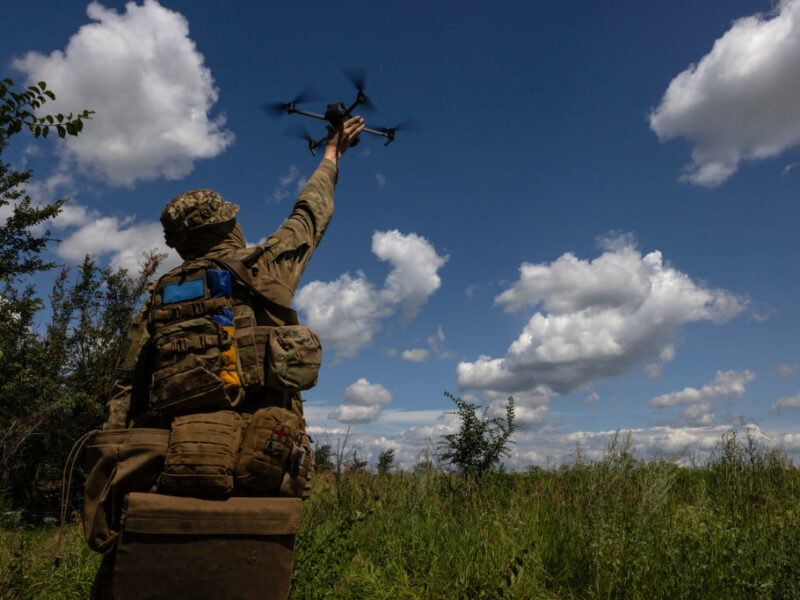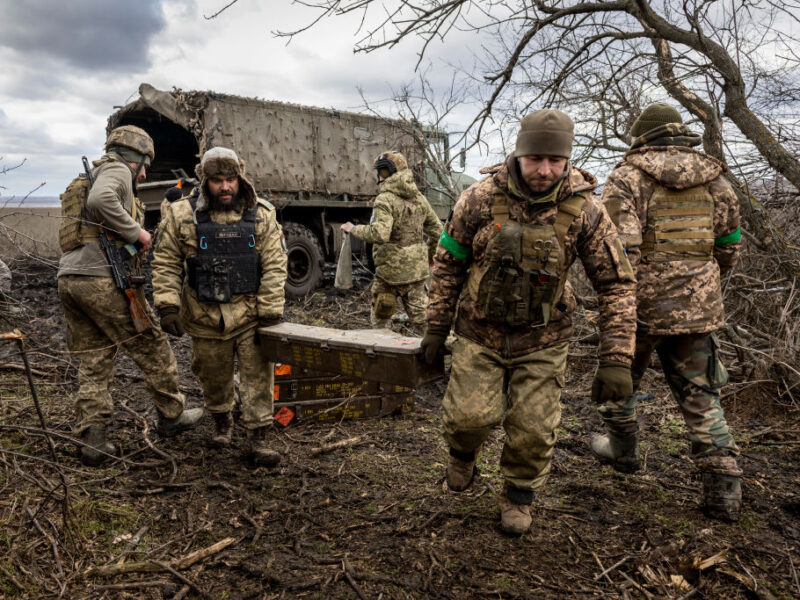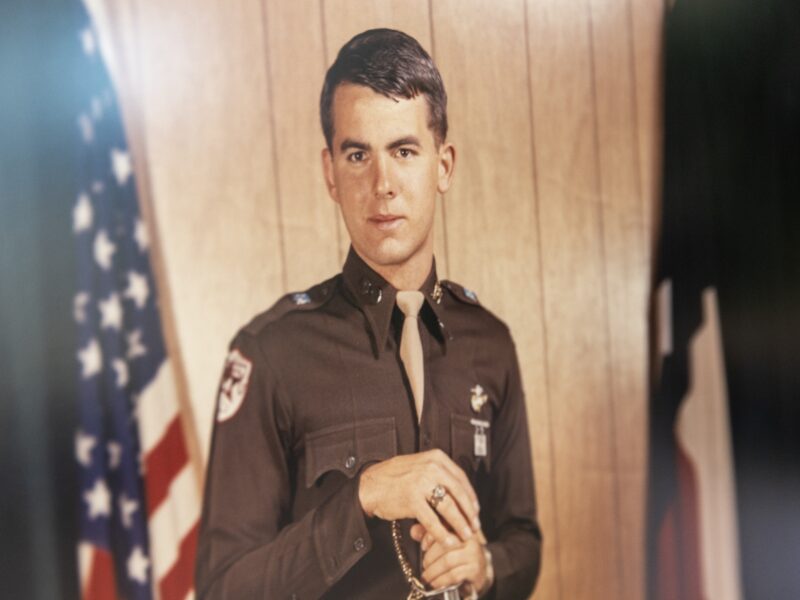Texas Aggies Honored In Bastogne – William Merriweather Pena ‘42
The “Texas Aggies Go to War” exhibition opens December 12, 2014 in the Van Geluwe building in downtown Bastogne, Belgium. It will mark the 70th anniversary of the Battle of the Bulge, when the Germans made a last push to extend their front line toward the English Channel and were forced back by Americans dug into deep snow inside the Ardennes Forest.
The exhibit will highlight the service of five Aggies during WWII honoring the lives of Texas Aggies who fought in and around the Battle of the Bulge, such as Lt. Col. James Earl Rudder ’32, Capt. Joe E. Routt ’37, Maj. James F. Hollingsworth ’40, Lt. Turney W. Leonard ’42, and Lt. William M. Pena ’42 before, during, and after the war. The five men chosen are ciphers for every Aggie, every U.S. serviceman that fought in the war.
This article is the final article of a five part series to honor these servicemen and the sacrifice they made for us all and recounts the life of William M. Pena ‘42.
Early Years

World War II veteran William “Willie” Peña was born in Laredo, Texas on February 10, 1919. His ancestors on both sides of the family immigrated to Laredo in the mid-1880s, led by his Prussian great grandfather, Royal Frederick Merriweather. Growing up in Laredo, Willie helped his father with the family grocery business and was active in the Boy Scouts. He and his scout troop helped save the Laredo Elementary School by removing the furniture just prior to the September 3, 1932 massive flood of the Rio Grande. Recovery from the flood and the Depression era economy were well remembered by Peña, as his parents struggled to give their sons a college education.
Following attendance at St. Augustine Catholic School in downtown Laredo, Peña attended and graduated from Laredo High School in 1937, serving as both co-editor of the school newspaper, The Journal, and President of the Pan American Student Club.
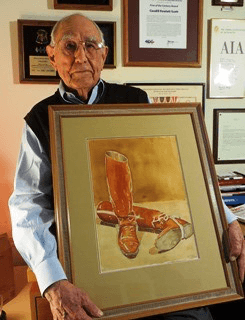
Texas Aggie
Knowing his interest in drawing, Willie’s older brother, Gustavo A&M Class of ’38, encouraged him to attend the A&M College of Texas and major in architecture. This recommendation would be the beginning of a seven decade long avocation and career as one of the leading architects in the nation.
During his last semester, one of his last class assignments was to paint a picture of the Corps of Cadets “Senior Boots”. He decided to paint it with the left boot lying down. Without knowing it, he was depicting a part of his future.
An active member of the Corps of Cadets at Texas A&M, Peña and his class were well aware of the demands on the nation following the attack on Pearl Harbor on December 7, 1941. Thus, upon graduation from A&M, he recalls events began to move rapidly, “I graduated with a BS degree in architecture on a Friday (they rushed us through what was normally a five year course of study), was commissioned in the U.S. Army on Saturday, and ordered to report to active duty at Fort Sam Houston in San Antonio on Sunday.”
World War II
He was first stationed at Camp Roberts, California for one year as a training officer, and then sent to Fort Benning, Georgia to attend the Infantry Officer School. After returning to Camp Roberts he was transferred to Fort Ord as a training officer for those about to go overseas, especially for instruction of key Army training classes in Spanish for those planned to be assigned to covert operations in South America. By early 1944, all efforts were on the landing at Normandy.
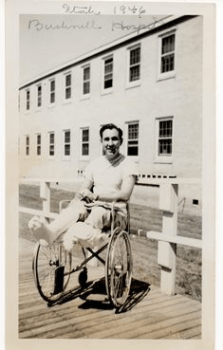
As casualties mounted following D-Day and the Allies prepared to push into Germany, Peña was transferred to Europe in August 1944. By November he was with the advance group pushing towards the Ardennes on the eve of the Battle of the Bulge, recalling “The real action started on December 16th and we fought up and down the line.” Growing up in warm South Texas, he indicated that it did get extremely cold at times, but he managed to stay warm. The fighting continued through late December, and he remembers his unit capturing a small town on Christmas Eve, having a warm meal, and holding Mass in a barn.
By January 1945, Peña recalls, “Our outfit was shattered by the loss of men, our battalion was down to a company size unit and we still had to push forward.” The fighting continued. In March Peña’s unit was near Schlieden, Germany, when scouting a bridge they took on heavy fire and lost communications. Peña lead a team forward to reestablish communications — moving up a narrow road whose center alone had been cleared of mines, Willie found the broken communications line knocked out by the artillery barrage. While trying to free the line for repair, he stepped off the hard top of the road and into the muddy shoulder and onto a land mine. The detonation, and resulting loss of his left foot and right ankle, made Lt. Peña the last combat casualty of I Company, March 4, 1944.
He was evacuated home, promoted to Captain and spent two years in hospitals in Utah and at the Presidio in California. For his actions at Schlieden he received the Bronze Star for bravery and Purple Heart. In 1991, he completed his memoir, As Far As Schleiden, as he says, “it was written for my fellow soldiers.”

A Career of Excellence
In 1947 Willie returned to Texas A&M to finish his “fifth year” of architecture, earning a BArch in 1948, going to work for a small startup firm Caudill Rowlett and Scott in College Station. By 1949 he was named the fourth founding partner of the firm, but declined to have his name attached to the company’s name, which might have been called CRSP. Programming his first project in 1950, he so refined the process that he published his first book Problem Seeking – New Directions in Architectural Programming in 1969. This was followed byProblem Seeking: An Architectural Programming Primer which for the past four decades has been the standard text in architectural courses, now in its fifth edition. Thus, as a practicing researcher, he advanced architectural programming to a sophisticated analytical science benefitting architects, clients, and students.
In 1959 CRS moved its headquarters to Houston in order to expand business nationwide, in time growing from four original partners to over 3,000 employees in 32 offices around the world. By the time of his retirement in 1984, Peña had directed programming for over 400 projects in 38 states and nine foreign countries to completion. A member of the American Institute of Architects College of Fellows, he has dedicated his professional experience in mentoring young architects, writing numerous articles, and speaking.
While he and his firm were active in the design and construction of such landmark buildings as Jones Hall for the performing arts in Houston, one of Peña’s leading areas of expertise was the construction of community schools and auditoriums. CRS was commissioned in his native Laredo in the 1950s to design and build over two dozen educational and civic buildings, to include twelve new schools, three fire stations, and the Laredo Civic Auditorium.
The William M. Peña Professorship in Information Management at Texas A&M University was endowed by CRS in 1990. He has further been recognized as an Outstanding Architecture Alumnus from Texas A&M in 1998, as well as the first recipient of the Thomas Jefferson Award in 2000 from the Houston Chapter of the American Institute of Architects. In November 2013, the French government by decree appointed him a “Chevalier” of the Legion of Honor – an award created by Napoleon in 1802 to acknowledge services rendered to France by persons of exceptional merit.
W. M. ‘Willie’ Peña ’42 turned 95 on February 10, 2014.
If you have interest in learning more about the exhibit, attending the grand opening or donating to this exhibit, please visit the website. http://texasaggiesgotowarexhibit.tamus.edu .
The Traveling Aggies have planned a trip to Belgium that includes being present at the grand opening of the new Exhibit in Bastogne on December 12, 2014. If you have interest in joining this group you can learn more about this trip at the following link: http://www.aggienetwork.com/trip/2337/battle-of-the-bulge-tour-and-grand-opening-of-the-texas-aggies-go-to-war-exhibit/.
The relationship with GSK pharmaceuticals is the most impactful relationship to date as a result of A&Ms collaborations with the Belgians.
